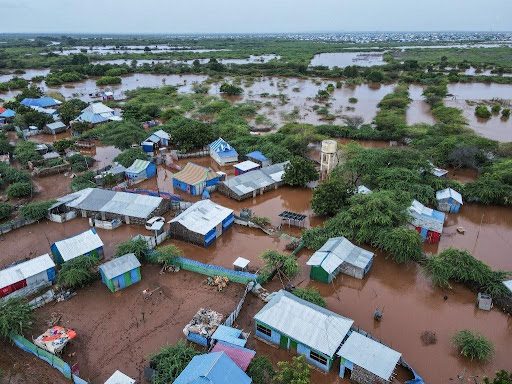

The rising tide of external debt in Africa continues to dominate discussions on the continent’s economic trajectory. As of 2023, African countries owed a staggering $1.16 trillion to external creditors, a reality that reflects both opportunities and deepening fiscal challenges. This growing debt—which now constitutes 60 percent of total public liabilities—has sparked renewed debates on sustainability and economic priorities. The sharp escalation in borrowing over the past two decades has been driven by a confluence of factors. From global financial upheavals and dwindling commodity revenues to the pressing demand for expansive infrastructure development, African nations have faced relentless financial pressures. The COVID-19 pandemic and geopolitical disruptions have only exacerbated the situation, forcing many governments to turn to external lenders.
Key players in this financial evolution include Egypt, South Africa, Nigeria, and Morocco, which collectively hold a significant portion of Africa’s debt. Kenya and Sudan, notable borrowers in East Africa, have also emerged as focal points for discussions on fiscal health and repayment capacity. These ten nations account for nearly 67 percent of the continent’s total external debt. Economic metrics reveal the weight of this debt on African economies. Since 2016, the debt-to-GDP ratio has consistently exceeded the prudent benchmark of 50 percent, reaching 68.6 percent in 2023. Meanwhile, indicators such as debt service-to-revenue ratios suggest heightened fiscal stress, with numerous countries exceeding acceptable thresholds. For example, in 2023, interest payments for some low-income nations consumed up to 38 percent of their export earnings, significantly limiting resources available for essential development.
Despite these daunting statistics, African nations are making strides toward managing their financial burdens. Initiatives like the G20 Common Framework have facilitated critical debt restructuring efforts. Zambia’s success in renegotiating $6.3 billion in bilateral debt and $3 billion in sovereign bonds serves as a beacon of hope. Similarly, Ghana has taken proactive steps, implementing a domestic debt exchange program and securing agreements to restructure billions in international obligations. Ethiopia and Chad have also pursued restructuring pathways, while Somalia has made significant progress under the Heavily Indebted Poor Countries Initiative, regaining access to international markets. These cases highlight the potential of coordinated international efforts to alleviate financial strain and foster economic recovery.
The impact of rising debt extends beyond fiscal metrics, affecting broader developmental priorities. Developing countries globally spent a record $1.4 trillion on debt servicing in 2023, diverting funds from critical sectors such as healthcare and education. For African nations, interest payments have surged dramatically, quadrupling for some over the past decade. This financial reality underscores the urgent need for balanced fiscal policies that prioritize both immediate obligations and long-term growth.
In East Africa, the debt story presents a mosaic of challenges and progress. Kenya’s external debt reached $42.91 billion in 2023, reflecting its robust infrastructure investments. Tanzania’s debt climbed to $34.59 billion, while Uganda’s cautious fiscal approach resulted in a decline to $19.39 billion. Sudan, grappling with political and economic instability, saw its debt rise to $22.58 billion. Despite these figures, the region’s resilience is evident. Investments in energy and infrastructure promise to bolster growth, provided governments maintain fiscal discipline. The World Bank’s revised growth projection for sub-Saharan Africa, at 3 percent for 2024, hints at recovery, albeit contingent on sound policy decisions and stable global conditions.
Addressing Africa’s debt challenges requires a multi-pronged approach. Transparent governance, strategic investments, and enhanced international cooperation will be critical in ensuring that debt relief measures translate into sustainable economic gains. The balance between borrowing for development and maintaining fiscal health is delicate but achievable with concerted efforts. As African nations navigate these complexities, the focus must remain on fostering resilience and creating pathways for inclusive growth. Through careful planning and collaboration, the continent can turn its debt challenges into opportunities for transformation and stability.


